Morning rush-hour breakdown halts Thomson-East Coast Line; SMRT apologises after full service suspension
Commuters faced significant delays on 17 September 2025 when SMRT suspended train services on the Thomson-East Coast Line (TEL) due to a signal fault. The disruption lasted more than two hours and affected the full stretch from Woodlands North to Bayshore, marking Singapore’s second major MRT fault within 12 hours.
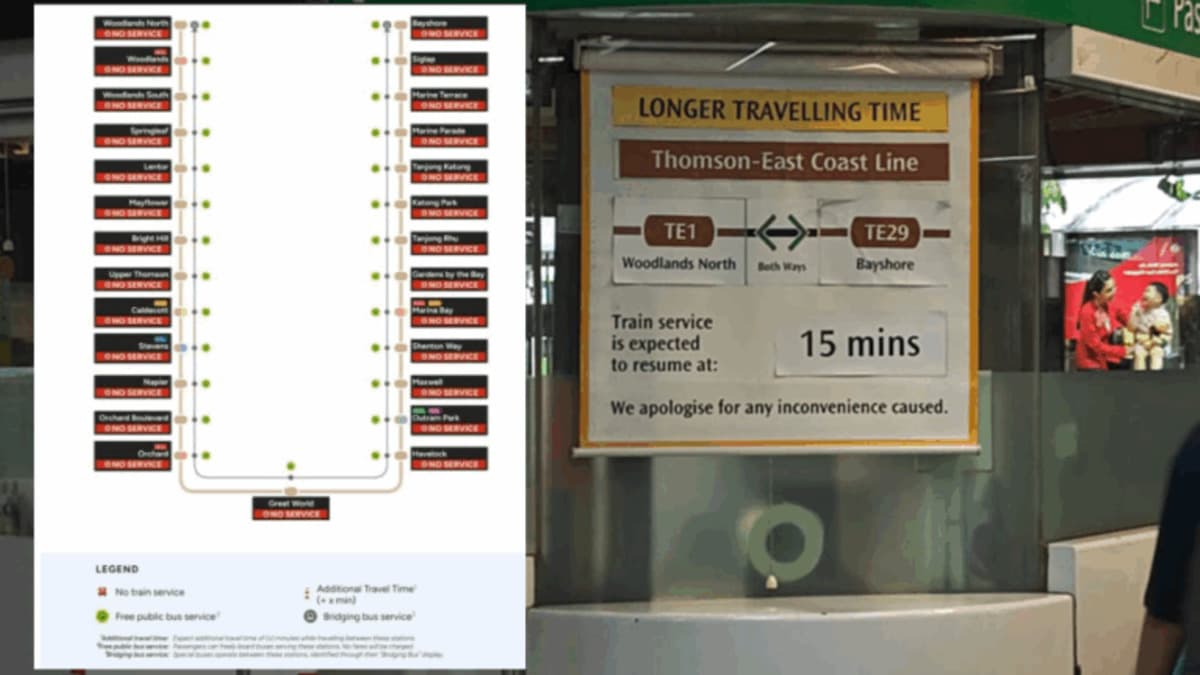
- Thomson-East Coast Line services were suspended for more than two hours on 17 September after a signalling fault.
- The fault affected all 27 stations between Woodlands North and Bayshore during the morning peak.
- The incident came less than 12 hours after a separate East-West Line power fault.
SINGAPORE: Train operator SMRT suspended services on the Thomson-East Coast Line (TEL) on the morning of 17 September 2025 following a signalling fault that disrupted the 27-station stretch from Woodlands North to Bayshore.
The operator first issued an alert at 7.29am via X and Facebook, advising commuters to expect an additional 15 minutes of travel time while regular train services were still running.
By 7.55am, SMRT announced that free regular bus services were operating between Woodlands North and Bayshore — a sign that the disruption was more extensive than initially reported.
At 8.29am, the operator confirmed a full suspension of TEL train services to facilitate system recovery, deploying bridging buses to link affected stations.
Train services began progressively resuming at 8.38am, and by 8.54am SMRT declared that full operations between Woodlands North and Bayshore had resumed.
In total, the disruption lasted over two hours, during which commuters experienced delays, packed stations, and limited transport alternatives.
SMRT Trains president Lam Sheau Kai apologised for the inconvenience and said the suspension was necessary to reset and restore the signalling system.
Commuters reported earlier disruptions than announced
Despite SMRT’s timeline, many commuters said problems started as early as 6.30am.
One commuter shared that they boarded a train at Woodlands South at 6.50am but only reached Lentor nearly an hour later.
Another reported being at Woodlands station since 6.30am for a journey to Mayflower that had not been completed after an hour.
Social media posts showed images of crowded platforms, with passengers complaining about unclear updates and limited guidance.
Several commuters expressed frustration that the initial alert downplayed the severity of the disruption.
One user commented that “rather than 15 minutes, we were stuck in stations for about that period instead,” while others urged SMRT to provide more transparent and timely updates.
A commuter wrote: “It’s a disaster. Never experienced this before. The buses were so full, and then no more free bus rides. I’m still in the train, and it’s already 9.44am.”
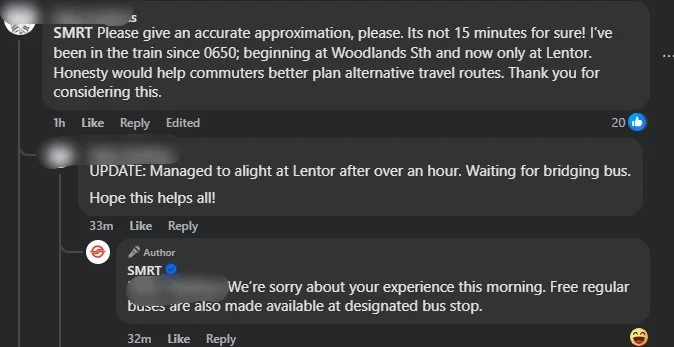
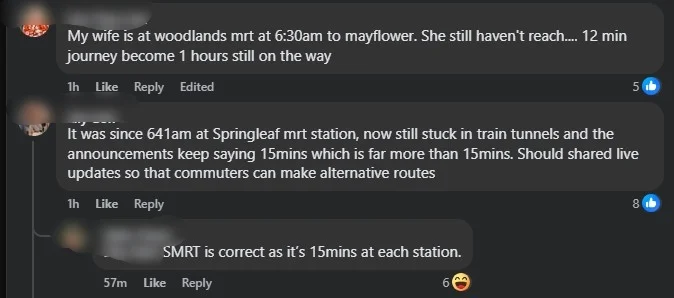
Second disruption within 12 hours
The incident occurred less than half a day after a separate East-West Line (EWL) fault.
Late on 16 September, services between Aljunied and Tanah Merah were disrupted by a fault in the Uninterruptible Power Supply (UPS) system that caused a signalling failure.
That disruption lasted five and a half hours before normal operations resumed around 4.30am on 17 September.
Together, the back-to-back incidents have raised fresh concerns about the reliability of Singapore’s rail network.
Ongoing strain on MRT reliability
The Thomson-East Coast Line is among Singapore’s newest rail lines, linking northern residential estates to the central business district and — eventually — to the eastern corridor.
However, since its phased openings began, the line has encountered several faults.
In July, the TEL experienced an hour-long breakdown caused by a similar signalling issue.
Across the wider MRT network, recent months have seen an uptick in incidents involving both older and newer lines.
On the night of 16 September, a power supply fault affected services across six stations on the East-West Line.
Just days earlier, the Punggol LRT had been disrupted for about three hours on 13 September due to a system fault preventing trains from being launched from the depot.
A separate five-hour power fault on 12 August crippled the Sengkang–Punggol LRT, while another on 15 August caused a three-hour outage across all 29 stations on the network.
The problems have not been confined to a single line.
On 2 September, a train fault on the North–South Line delayed services for 25 minutes between Woodlands and Yishun, while on 6 August, the East-West Line suffered a five-hour breakdown.
Minister acknowledges public concern
Acting Transport Minister Jeffrey Siow has acknowledged mounting public frustration, describing the recent series of incidents as “disappointing.”
Writing on Facebook on 6 August, Siow described the recent spate of rail issues as “disappointing” but emphasised that the Ministry of Transport, Land Transport Authority (LTA), and rail operators “can and will do better.”
He said the “One Transport family” — comprising government agencies and operators such as SMRT and SBS Transit — is working to improve reliability through stricter maintenance regimes and better engineering resilience.
Calls for deeper maintenance and manpower review
Industry observers have called for a deeper review of engineering manpower and maintenance planning across the MRT network.
Some have suggested that a shortage of skilled local engineers could be affecting rail reliability.
Recommendations include establishing structured rail engineering traineeships similar to those in the aerospace industry, with competitive entry-level salaries to attract talent.
Transport experts have also proposed setting measurable reliability goals, such as limiting major breakdowns to fewer than one per month, to rebuild commuter confidence.
Looking ahead
The LTA is expected to release its latest rail reliability report later this year, detailing the Mean Kilometres Between Failure (MKBF) for each line — a key metric used to assess performance.
While overall MKBF levels have improved significantly since the mid-2010s, the recent cluster of incidents in August and September suggests new challenges in both ageing infrastructure and modern system integration.
For now, commuters are calling for clearer communication during incidents and more consistent service recovery plans to minimise the impact of such disruptions.


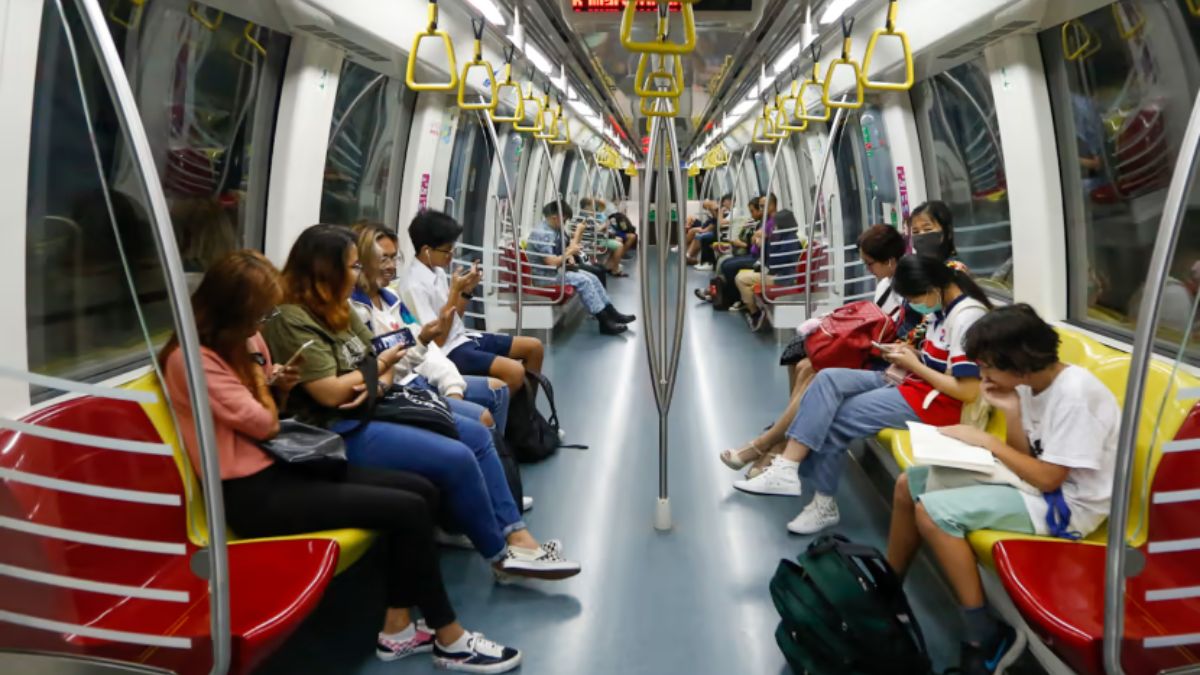
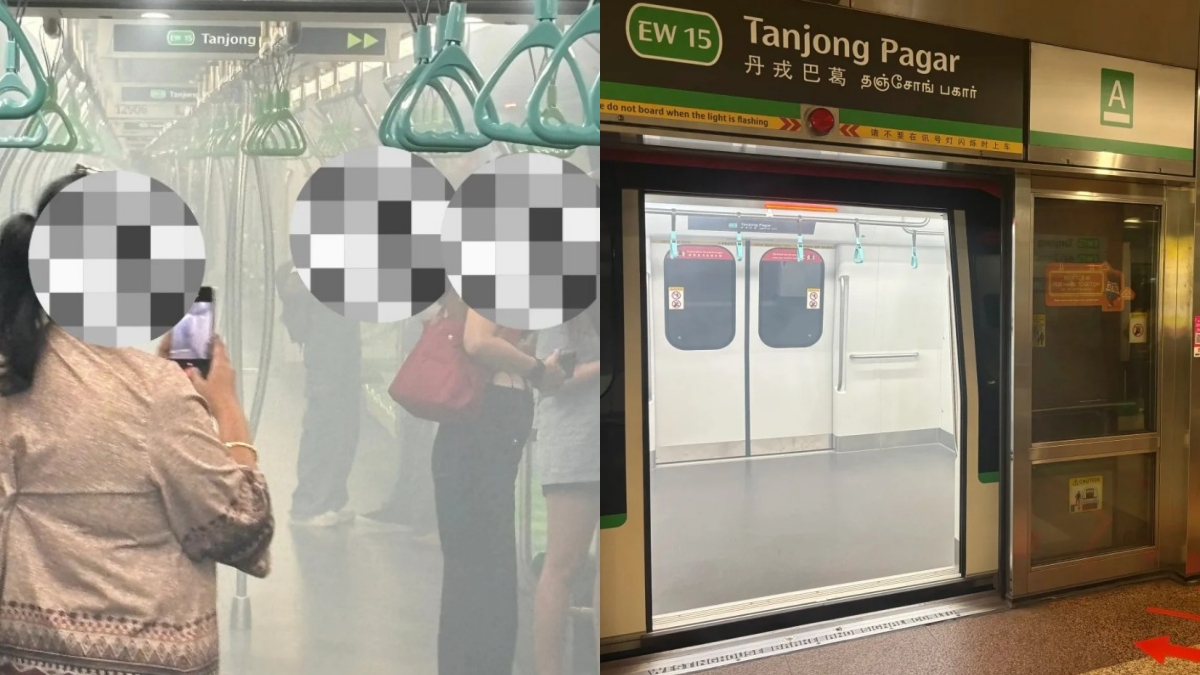
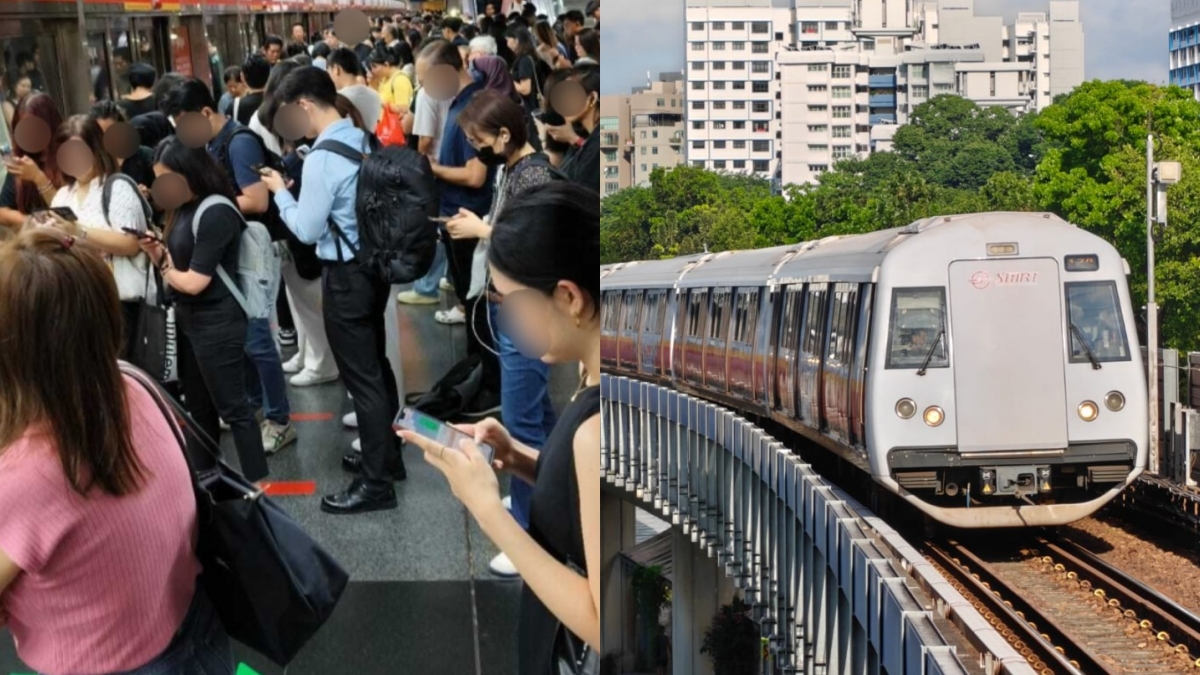

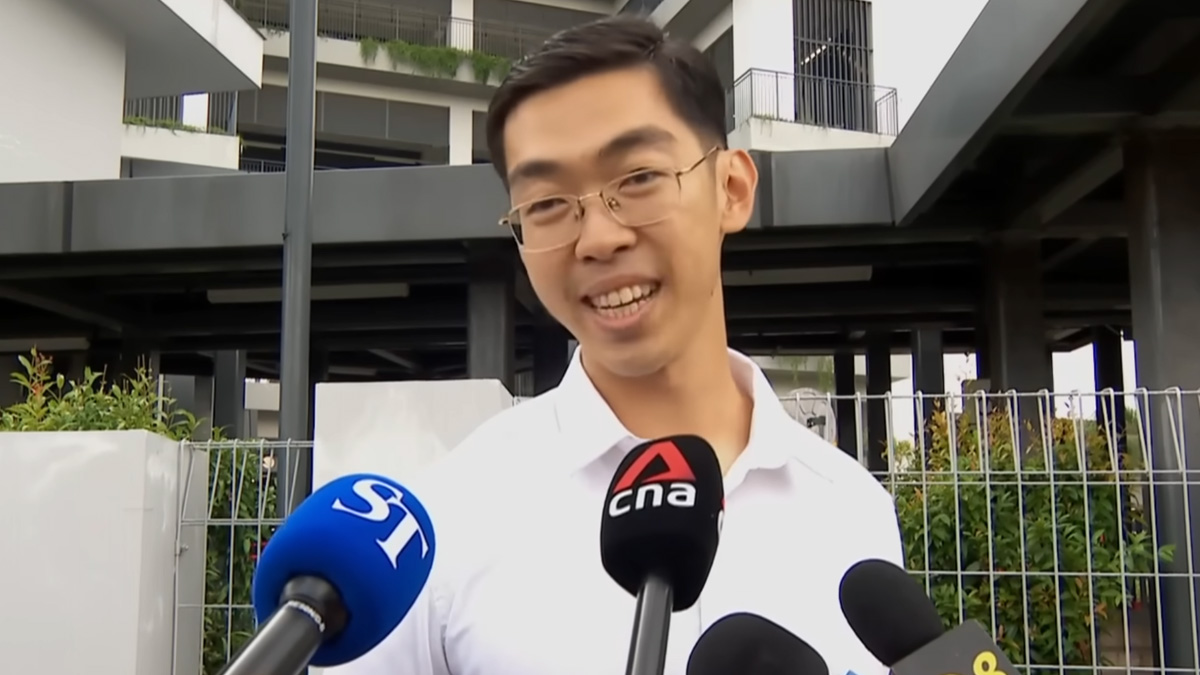

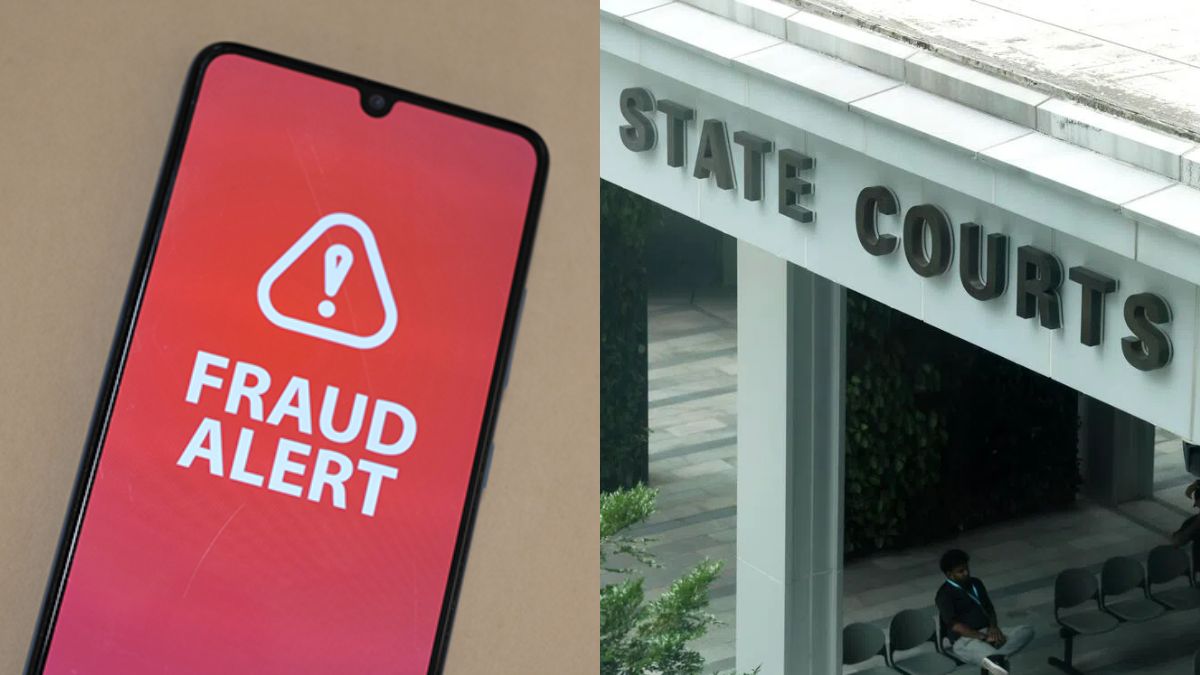



0 Comments